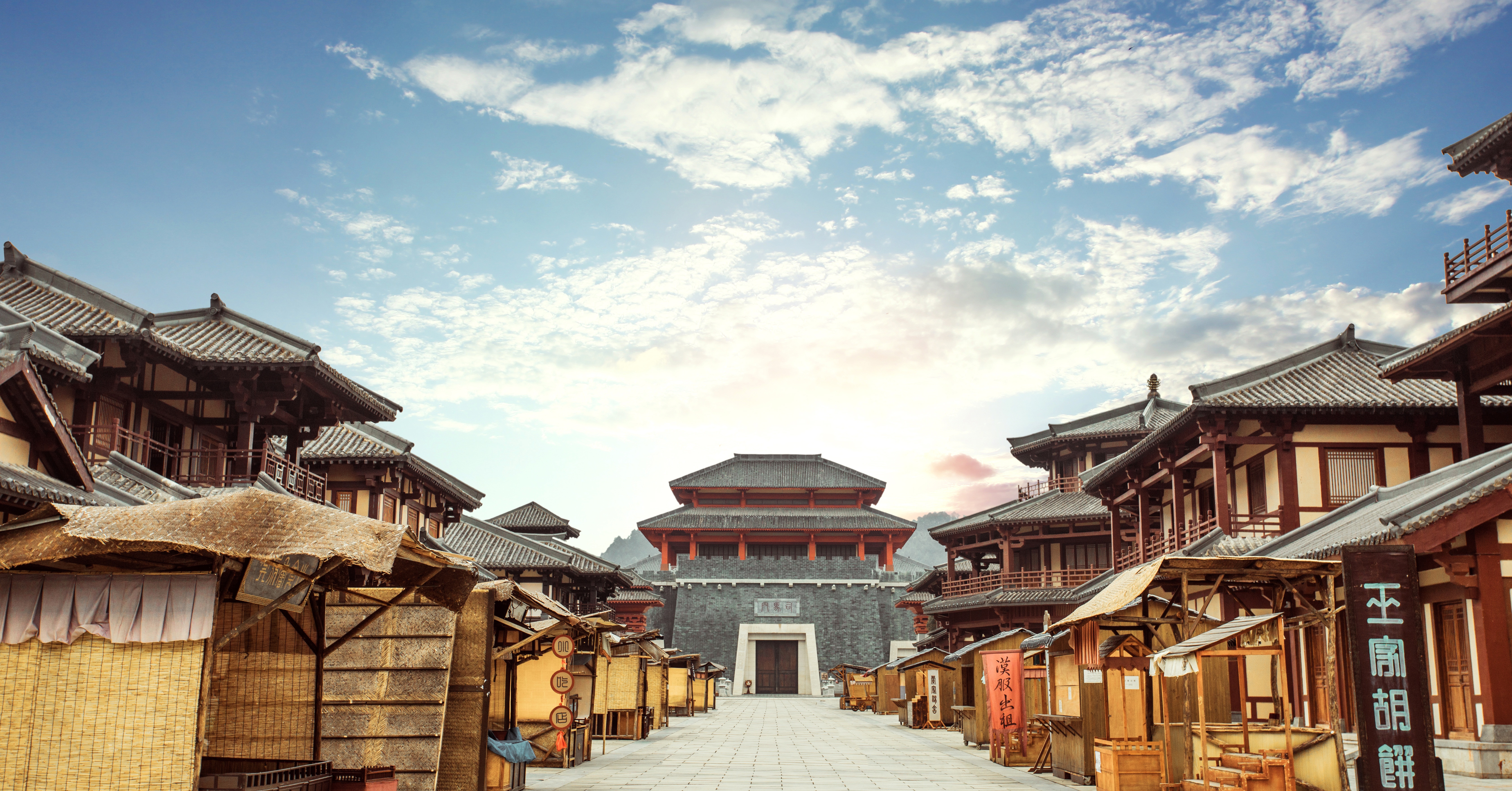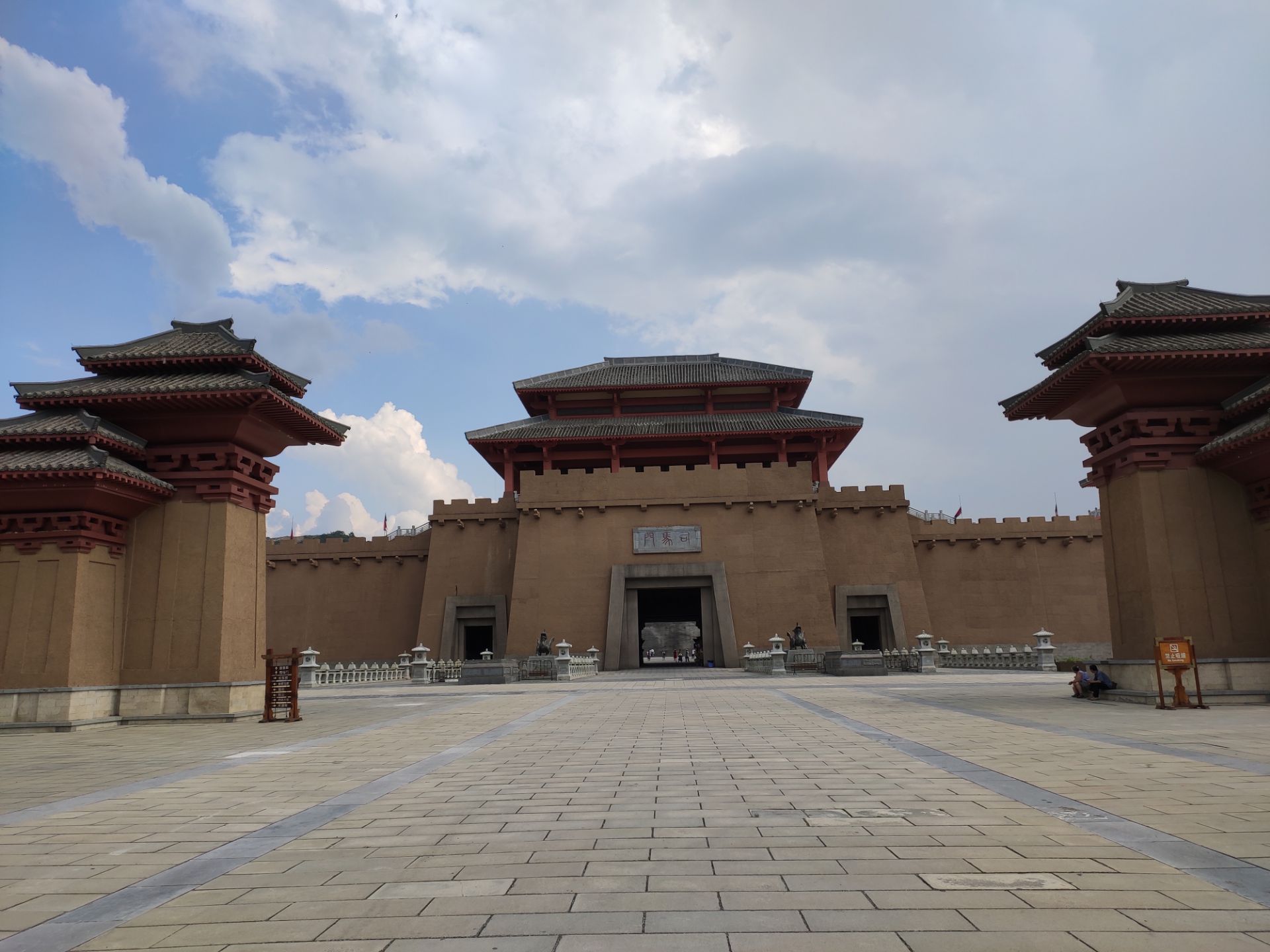




Duyun Qin and Han Film and Television City
Located in Duyun Economic Development Zone, Guizhou Province, China, Duyun Qin and Han Film and Television City is a comprehensive film and television production base that integrates cultural tourism, ancient costume rental, leisure, and sightseeing. Spanning an area of approximately 900 acres, the city features over 230 ancient-style buildings inspired by the Qin and Han dynasties. Notable structures include the majestic "Weiyang Palace," "Changle Palace," and a 280-meter-long "Chang'an Street" that vividly recreates the bustling markets of ancient times. Since its opening in 2017, the city has served as a filming location for numerous popular TV series and films, such as "The Longest Day in Chang'an," "Joy of Life," and "The Untamed." Visitors can immerse themselves in the rich historical ambiance, participate in cultural activities, and even rent traditional costumes for a more authentic experience.
Information
Ticket price
Time
Location
Duyun, Qiannan Buyi and Miao Autonomous Prefecture, Guizhou, China
View maps
More about the trip
Duyun Qin and Han Film and Television City: Step into Ancient China
Duyun Qin and Han Film and Television City, located in Duyun Economic Development Zone, Guizhou Province, China, is a comprehensive film and television production base that integrates cultural tourism, ancient costume rental, leisure, and sightseeing. Spanning an area of approximately 900 acres, the city features over 230 ancient-style buildings inspired by the Qin and Han dynasties. Notable structures include the majestic "Weiyang Palace," "Changle Palace," and a 280-meter-long "Chang'an Street" that vividly recreates the bustling markets of ancient times. Since its opening in 2017, the city has served as a filming location for numerous popular TV series and films, offering visitors a chance to step back in time.
What to See and Do
Explore Ancient City Sets: Wander through the meticulously recreated ancient city streets, palaces, and markets. The attention to detail in the architecture and set design is impressive, making you feel like you've stepped onto a movie set from ancient China.
Weiyang Palace and Changle Palace: Visit the grand replicas of these famous Han Dynasty palaces, which were once the imperial residences. Their scale and intricate designs are awe-inspiring.
Chang'an Street: Stroll along the 280-meter-long Chang'an Street, a bustling market street that recreates the vibrant commercial life of ancient times. You might find street performers, traditional vendors, and shops.
Costume Rental and Photography: Rent traditional Qin and Han dynasty costumes and take photos against the authentic backdrops, creating memorable souvenirs.
Witness Filming (if lucky): If you're lucky, you might catch a film or TV crew in action, providing a behind-the-scenes glimpse into the world of Chinese historical dramas.
Cultural Performances: The city often hosts cultural performances, parades, and reenactments that bring the history of the Qin and Han dynasties to life.
Best Time to Visit
Spring and autumn offer the most pleasant weather for outdoor exploration. The city is open year-round. Check their official schedule for any special events or filming activities.
How to Get There
Duyun Qin and Han Film and Television City is located in Duyun, Guizhou. You can take a high-speed train to Duyun East Railway Station, and then a taxi or local bus to the film city. Many tour operators in Guizhou also offer organized tours.
Travel Tips
Wear comfortable shoes: You'll be doing a lot of walking around the extensive sets.
Allow ample time: Plan for at least half a day to a full day to explore the various areas and enjoy the activities.
Photography: The film city offers fantastic photo opportunities, especially if you rent costumes.





